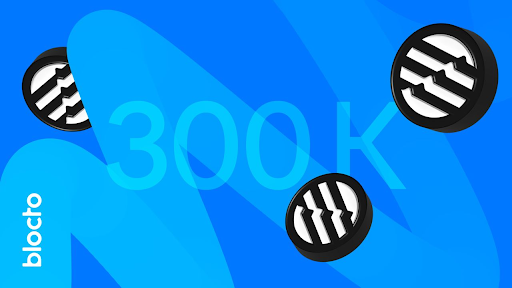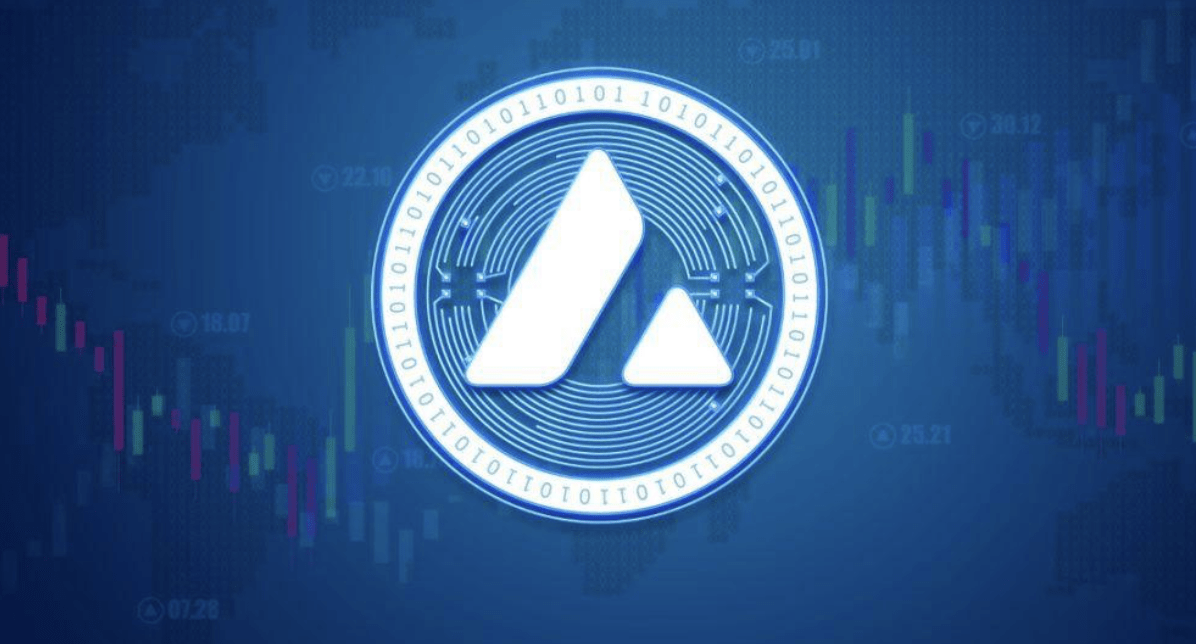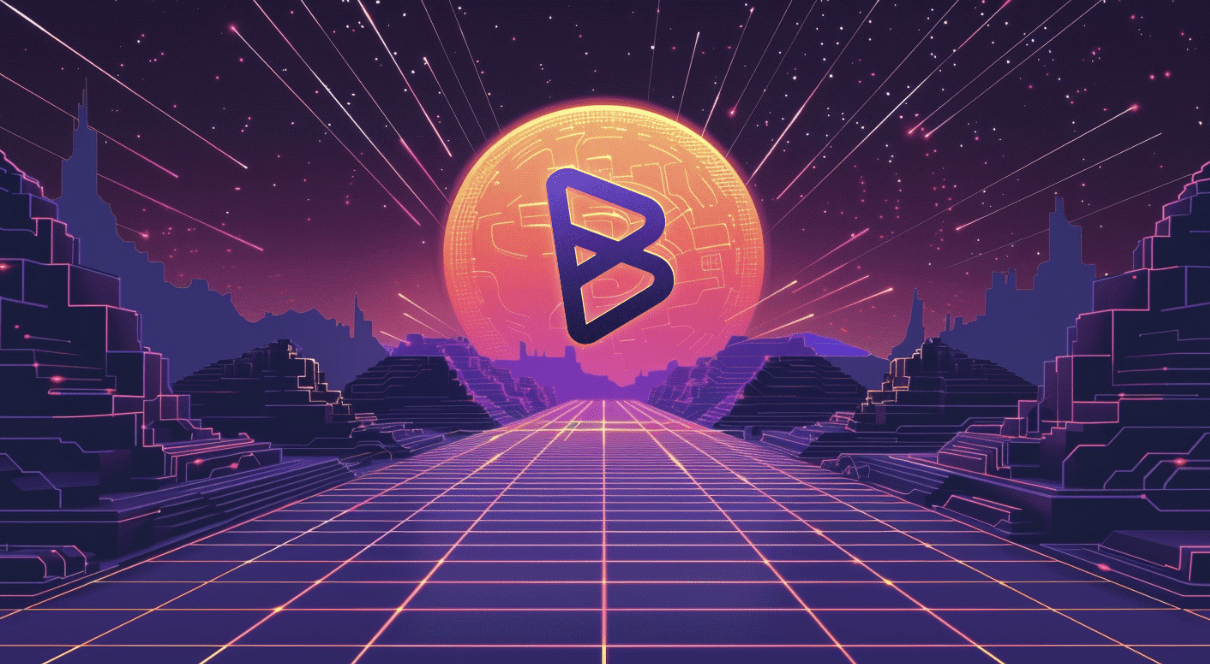Of all the infrastructure that underpins the cryptocurrency ecosystem, one of the most critical is the wallet. Responsible for storing and transferring cryptocurrencies, wallets have historically been one of the weakest links in the crypto ecosystem due to the difficulty of setting them up, the possibility of forgetting secret keys, and the prospect of being hacked by nefarious actors.
We sat down with CEO Matthew Ainscow to understand how Avarta is overcoming many of these challenges with its unique wallet solution and preparing wallets for greater functionality and utility within the crypto ecosystem, notably decentralized finance (DeFi). Avarta, a biometric wallet provider with multi-factor authentication, is designed to overcome many hurdles hampering wider adoption while also focusing on the fundamental trust element for blockchain-based services.
What exactly is Avarta, and how does it differentiate itself from other blockchain wallet providers?
Avarta is bringing the world's first complete multi-chain, multi-factor authentication ecosystem with biometrics technology, where every user can have access to biometrically enabled transactions on Web 3.0 and a distinctive Trust Scoring System of its own. We aim to build a biometrics-centric ecosystem to improve user experience and to promote critical growth of the blockchain.
There is no solution out there that can mine data across different accounts if the user does not declare ownership of these separate accounts. Avarta can do this while providing complete anonymity to the end-user in a scheme akin to zero-knowledge proofs. The proof of non-custodial signatures allows us to verify ownership without knowing what the private key is.
What was the initial vision behind the Avarta ecosystem? Now that a product has been released, do you see this vision shifting at all?
Since inception in March 2021, we have grown from strength to strength. We are able to transact on the testnet across multiple chains and have successfully partnered with strong VCs and KOLs to grow the project.
Moving forward, we are very close to key partnerships with strong names in the blockchain world to build our base around the Avarta Trust Score and multi-chain wallet. These names include top-tier exchanges and partners that can offer us additional solutions to what we have. Ultimately, our partnerships and achievements serve to cater to the needs of the community.
Is Avarta designed more for consumer purposes or corporate and institutional users with a much broader set of information security requirements?
Avarta is sufficiently robust to fit into the use case for both consumers and corporate users.
Avarta provides consumers the ability to protect their wallets and transactions using biometrics
and multi-factor authentication across multiple chains.
Consumers are able to have confidence when making peer-to-peer transactions using the Trust Score of the other party without requiring the other party's identity or compromising each other's privacy.
Corporates are also able to leverage on the Trust Score to provide them with a confidence level to underwrite risk on loans or transactions with customers without needing intrusive details or time-consuming background checks.
Multi-chain wallets have been known to pose security flaws in the past, so how does Avarta overcome or mitigate this fairly serious risk factor?
In terms of access control, we have active and passive authentication preventing unauthorized usage of your device. Our active authentication includes facial biometrics and dynamic PINs, which are resilient to spoofing or bot attacks. To put it into context, our facial recognition authenticates who you are, while our dynamic PIN authenticates what you know. That way, we are resilient to edge-cases such as twins or stolen PINs. Our passive authentication includes geo-location fraud detection and sim card delta monitoring, enabling us to pre-empt potential malicious attacks even before they begin.
Avarta wallet will undergo penetration testing and audits before every public release. Only when all vulnerabilities identified are sufficiently remediated will we release the product.
Can you tell us a bit more about decentralized IDs and how they play a role in Avarta’s solution?
Decentralised Identity has seen many definitions. How we define Decentralised Identity is slightly different.
In the many DLT networks that exist today, it is common for individuals to own several accounts in each DLT network and even several accounts in different DLT networks. Each of these individual accounts is a representation of the owner’s identity, and yet it may only represent certain facets of the owner’s identity. For example, account A in Ethereum may be a hodl account, but account B in BSC might be a high-risk NFT account.
Our view is that Decentralised Identity is the union of these fragments of identity across accounts, across blockchains.
Why is trust so important not only for wallets but the DeFi system at large?
With Avarta, we utilize a series of on-chain and off-chain parameters for the Trust Score:
These parameters cover multiple chains and give a strong and accurate scoring. For example, if the account uses a burner phone or the biometrics do not align, the user shall have a lower score.
The benefit of Avarta Trust Score is such that it creates a form of decentralized transparency on the Metaverse; whereby we do not need to know the user's identity, yet be able to help facilitate with understanding the user
With that, we can help facilitate P2P transactions on the Metaverse and Web 3.0
Do you think embracing aspects like credit ratings from TradFi in the form of a trust rating brings blockchain a step beyond TradFi or just mimics existing centralized concepts that society already embraces?
We believe the former and will base our scoring solely on on-chain & off-chain data only.
Do you feel like existing wallet solutions are constraining crypto and broader blockchain adoption to an extent?
Privacy and control are some of the main advantages of using cryptocurrency, so people don’t
want to use centralized exchanges or custodial wallets. But even non-custodial wallets are
susceptible to attacks such as reverse proxy phishing, cryptojacking, dusting, and clipping. As
cryptocurrency gains momentum, the need for user-friendly and highly-secure authentication
methods is growing. Blockchain wallets are poorly protected.
How would you describe Web3 and its importance to internet users unfamiliar with the terminology and benefits of this sort of structure?
Web3 as the next evolution of the internet, in my opinion, is a misnomer. Web3 isn’t about replacing the internet as we know it. It is about an alternate ecosystem where participants become less reliant on centralised entities as intermediaries and become more self-sovereign on the data which they generate.
The Metaverse, for example, gives you sovereignty over your identity unrestricted by your physical looks. The DLT networks and DeFi give a more open model to participate in financial systems traditionally centralised to accredited investors and richer.
What’s next for Avarta? What should users look forward to over the coming quarters as far as benefits and features are concerned?
We view that there shall be a balance between DeFi and regulations, and it is a delicate one. With Avarta, we hope to help DeFi users navigate a regulated DeFi world with a superior user experience.
For example, for the DeFi ecosystem to grow, Avarta hopes to build a DeFi ecosystem with better collateralization ratios and lower lending rates for all blockchain users through our Avarta Trust Score.
With Avarta, a more regulated DeFi world is not a threat; it is an opportunity for everyone.
We have a lot of exciting developments in the pipeline, like publishing our successful CertiK Smart Contract audit and vulnerability remediation alongside our Penetration Testing report. Looking forward, we’re aiming to unveil our testnet wallet during the first quarter followed by the mainnet wallet in the second quarter. Moreover, we’ll be publishing our forthcoming Trust/Credit Score methodology.
and here are some that interested users should keep an eye on as we head into 2022:
- 2021Q4: Proof of Concept and Technical Solutioning for Production Wallet
- 2022Q1: Testnet Avarta Wallet with seven chains
- 2022 Q2: Mainnet Avarta Wallet with seven chains. First version of Avarta Trust Score Methodology.
- 2022 Q3: Testnet implementation of Trust Score Methodologies, Avarta Wallet to include new features such as whitelisting, cross-chain token swaps, and more
- 2022 Q4: More Avarta Wallet features, Trust Score to be implemented in Wallet under limited release
Eventually, we are building an ecosystem where transactions, whitelisting, borrowing, lending, and the Metaverse will only be one facial recognition away.
Investment Disclaimer












